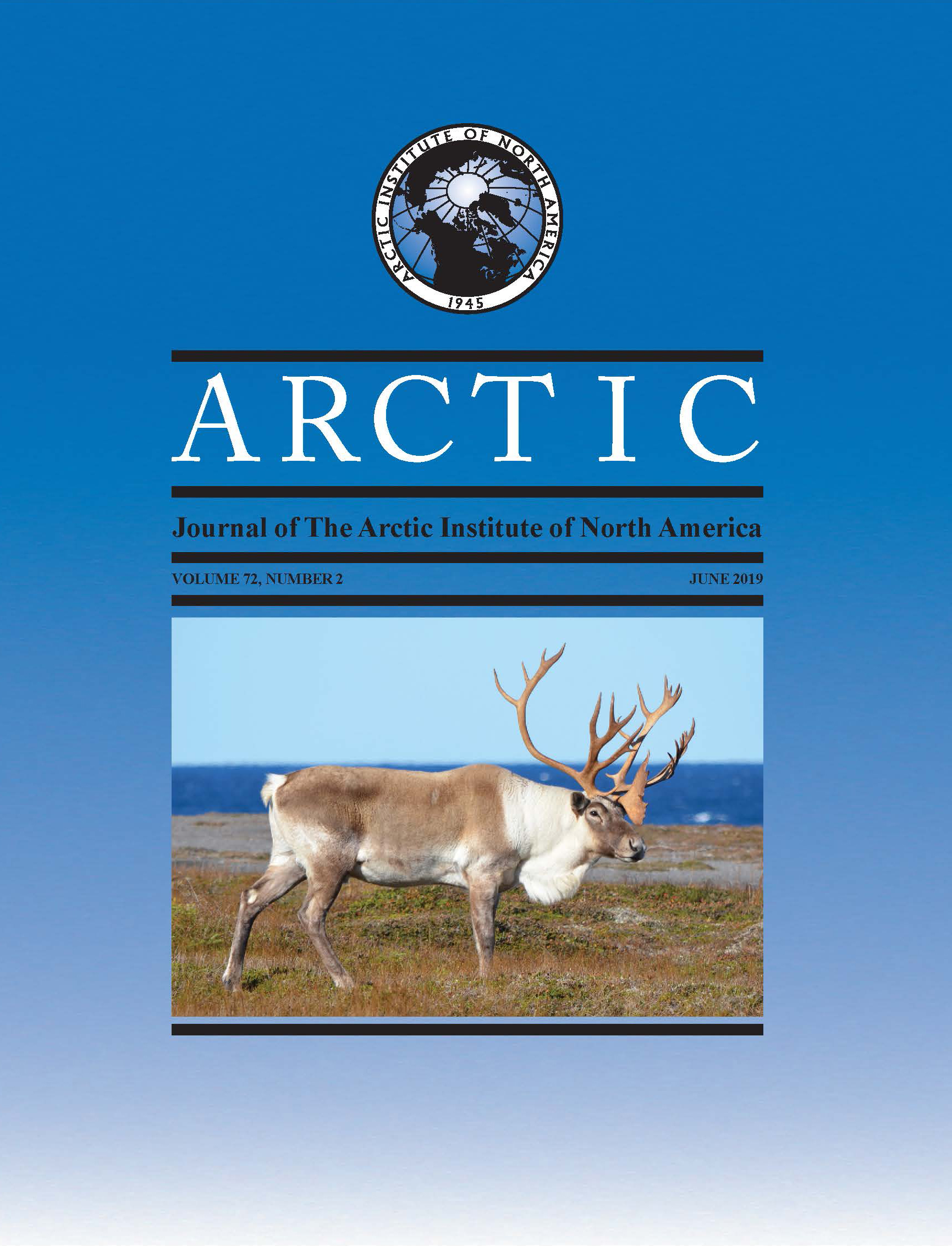Engaging Northern Indigenous Communities in Biophysical Research: Pitfalls and Successful Approaches
DOI:
https://doi.org/10.14430/arctic68194Ключевые слова:
coastal Alaska, community-centered approach, weather, slush, building trust and relationships, engaging Indigenous people, guideline limitations, semi-directive interviewАннотация
Guidelines and best practices to engage Indigenous people in Arctic regions in biophysical research have emerged since the 1990s. Despite these guidelines, mainstream scientists still struggle to create effective working relationships with Indigenous people and engage them in their research. We encountered this issue when we visited three communities on Alaska’s west coast to study impactful weather events and the formation of “slush ice berms,” which can protect towns from storm surges. As we worked to build relationships with residents of the towns, we found the existing guidelines are often helpful for telling us what to do—for example, they emphasize the importance of face-to-face communication—but researchers also need to think about how to do it (skills) and how to be (personal attributes). To demonstrate to Indigenous people that we value and respect their culture, researchers could learn to use language that is understandable and that reflects a collaborative rather than a top-down approach. We should be ready to adjust our schedules and to help the community we are visiting, rather than simply focusing on our own needs. We might look for benefits for the community and ensure residents understand and are satisfied with the research we are doing. Some of the necessary attributes we identified are curiosity, honesty, interpersonal awareness, empathy, flexibility, and openness. Although the skills and attributes presented here are useful to bridge the gap between cultures, we caution that there is no specific formula that can guarantee success.


